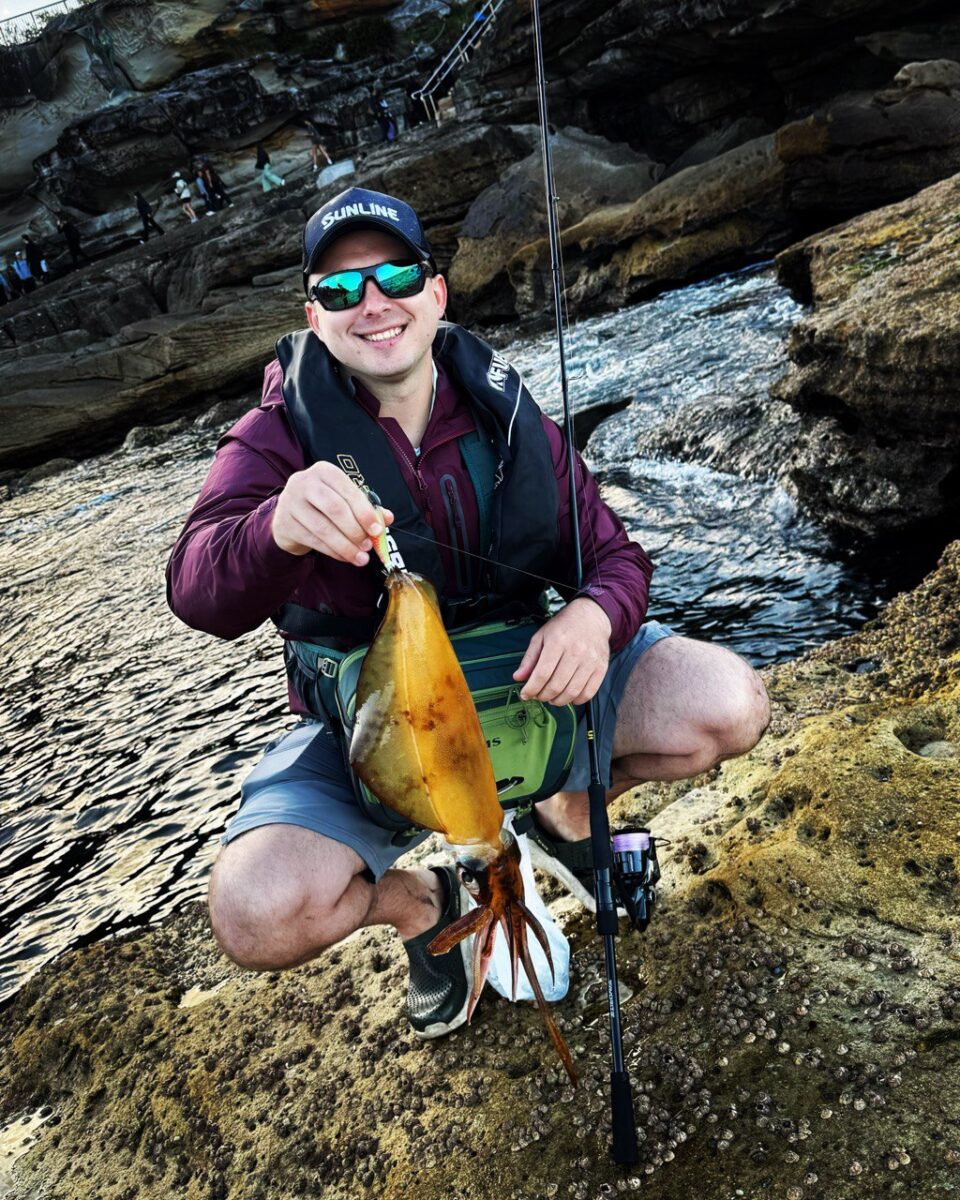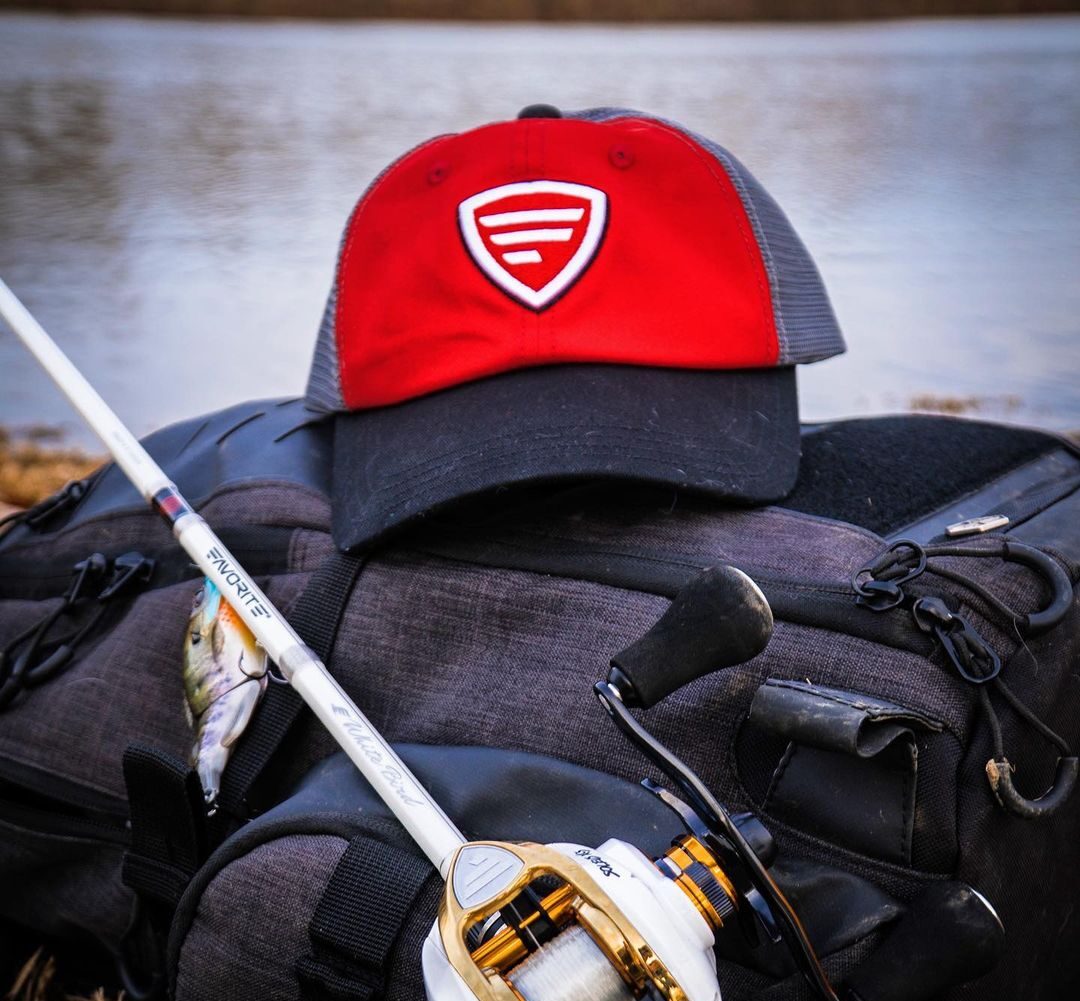Techniques for Spin Fishing

Introduction
Spin fishing is one of the most exciting and popular methods of fishing, offering anglers an active role in the process. It requires skill and knowledge, making it a favorite among both beginners and seasoned fishermen. In this article, we will explore the essential techniques for spin fishing that can help you become a successful angler.
Main Techniques of Spin Fishing
Fishing with Crankbaits Crankbaits are artificial lures that mimic small fish. They can be floating, sinking, or suspending. The right choice of crankbait depends on the fishing conditions and the target fish. The primary technique involves alternating retrieves: slow and steady, jerky, and stop-and-go.
Fishing with Spinners Spinners come in two main types: in-line and safety-pin. In-line spinners create strong vibrations, attracting predators from a distance. Safety-pin spinners mimic injured fish and are effective in still waters. It’s crucial to find the right retrieve speed to make the spinner look as natural as possible.
Fishing with Jigs Jigs are used for bottom fishing and can be combined with various soft baits like twister tails and paddle tails. The main technique is the jig-and-pause retrieve, imitating the movement of an injured baitfish.
Choosing the Right Gear for Spin Fishing
Selecting a Spinning Rod Choosing the right rod is essential for successful fishing. Rods vary in length and action, which affects casting distance and sensitivity. A suitable rod should match the fishing conditions and the type of lure used.
Choosing a Spinning Reel A good spinning reel should be lightweight, durable, and provide smooth line retrieval. The gear ratio is also important as it determines the speed of line retrieval.
Line and Braids The choice between line and braid depends on the fishing conditions and the target fish. Braids offer greater strength and sensitivity, while lines are less visible in the water.
Tips and Tricks for Successful Spin Fishing
Choosing the Right Spot Explore the water body to find promising fishing spots. Pay attention to underwater structures, depth changes, and vegetation.
Timing Your Fishing The best times for fishing are early morning and late evening when fish are most active. However, some species may bite throughout the day.
Tactics and Strategy Vary your lures and retrieve techniques to find what works best at the moment. Don’t be afraid to experiment and trust your instincts.
Conclusion
Spin fishing is not only an exciting activity but also a great way to enjoy nature. By following our tips and applying the described techniques, you can significantly increase your chances of a successful fishing trip. Good luck and tight lines!
